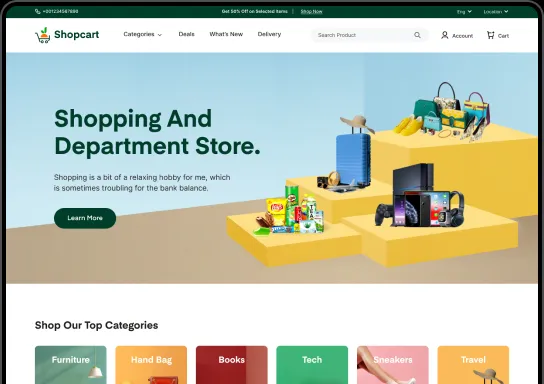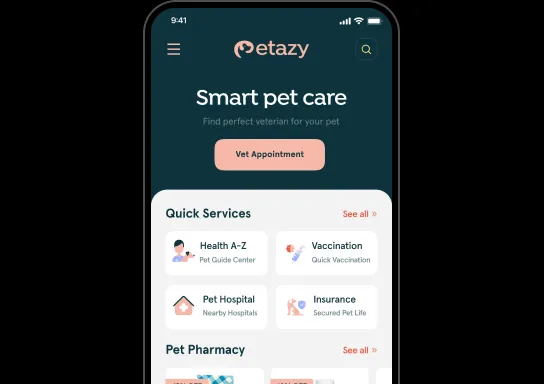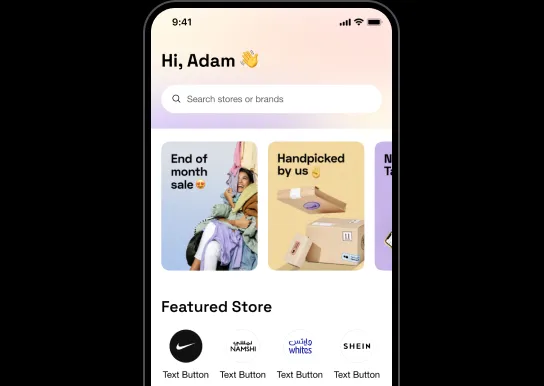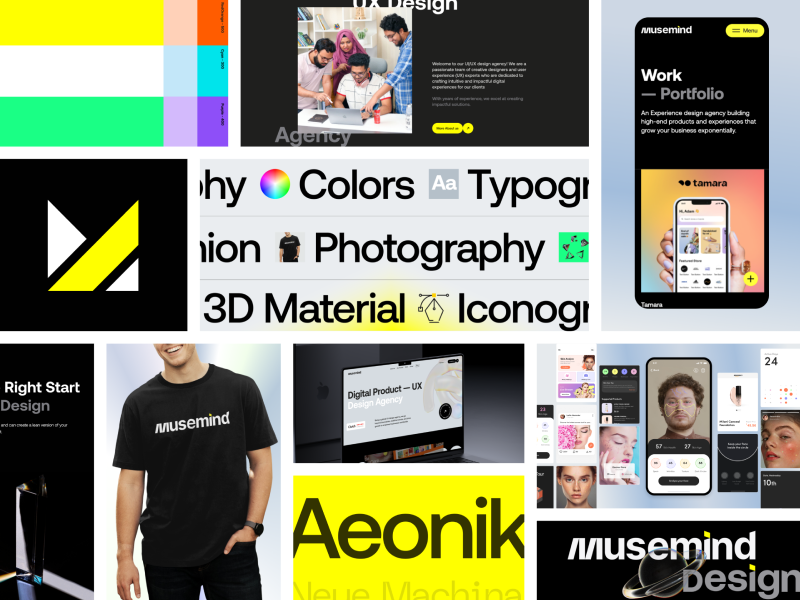Can you imagine an app exists without micro-interaction? Most likely, you can’t. You will not find any app that has not used micro-interactions to enhance the user experience. In fact, app companies kept upgrading the micro-interactions to give their users pleasant experiences to stay ahead of the competition.
The most obvious example is Facebook. Their emojis now came alive! The emojis now laugh, cry, or go red in anger, all thanks to micro-interactions. Another example if you notice how a left swipe will delete the email or a right swipe, will archive it. Not only this but after it completes the command, how the email vanishes from the list.
By doing this, they didn't just improve the visual interface but also made the process a lot faster. Hence, it can be safely said the importance of Micro-Interactions to improve UI & is immeasurable. And this is what we are precisely going to discuss today in this blog, why and how micro-interactions are important for making websites and apps. But first thing first.
What are Micro-interactions?
Micro-interactions are small, tailored interactions that are designed to assist users in completing a particular task. The vast majority of the time, they are included as a component of a bigger app or website and entail some form of reaction on the part of the system in response to the actions of the user.
They are capable of performing a wide range of tasks, such as verifying that a certain action has been carried out, directing the user through a complicated process, and offering assistance to the user in the process of troubleshooting an issue.
While these may appear to be little things, they can dramatically improve the usability and enjoyment of an app or website. They are short, preferably functional animations that assist the user by providing visual feedback and highlighting changes. They all have one goal in mind: to delight users by offering an interesting, friendly, and thrilling experience.

Micro-interactions allow for communication without the need for words. Micro-interactions abound, such as the loading bar that indicates your action is being processed and the confetti popping when it is completed.
Swiping, scrolling, and clicking, hovering over anything, sharing and saving, turning up and down the volume, and muting and unmuting your phone are all micro-interactions. To make your concept more clear, here are some examples:
Now that you have a very clear idea of micro-interactions and how they work. We will now dive in-depth to see how exactly they improve user experience.
Micro-interactions make Design Intuitive
In the same way that an application cannot be useful without features, it cannot be convenient without micro-interactions. The core of the user-centered and intuitive design is micro-interactions. Even infants engage with smartphones and know how to swipe up and down, skip advertisements and more. A design is intuitive when users do not have to think much to operate the app.
These interactions are relatively simple, but many people are unaware of them. We adopt 'Pull Up,' 'Swipe Right and Left,' and 'Particular reply to any conversation message' Similarly to how we turn pages in books, users can turn pages on their smartphones by swiping right. The goal is to make the design as intuitive as possible.
The former CEO and the founder of Apple, Steve Job, said, “The main thing in our design is that we have to make things intuitively obvious.” He further added that making a design intuitive is significantly more difficult. This endeavor demands knowledge of the psychology underlying human interaction, specifically how people come to comprehend their physical and cultural surroundings.
Micro-interaction Encourages Engagement
These micro-interactions are intended to engage the user in the task at hand. Small animated elements assist users in completing activities by informing them when they have performed an action and gently suggesting the next steps. They also lend a sense of excitement and flair to a typically dull activity, thereby linking customers to your business and encouraging them to continue using your app.

Consider these micro animation examples to be a case of cause and effect. The app is created to generate an exciting response that delivers feedback to the user whenever the user clicks or hovers over a certain section of content inside the app. These can notify the user of an event, stimulate participation across the app, indicate a successful activity, or simply make it easier and more pleasurable to use. You will find some engaging micro-interactions animations that enhance user experience in this article-
Micro-interaction Takes The Boredom Out
The first thought that came to mind is when we use Google, and when we lose the connection, we can keep playing the Dinosaur T-rex until we revive the connection. Isn't it effective? Losing connection is definitely annoying, especially when you are in the middle of anything, but playing this helps us distract ourselves for the time being and makes the waiting a little less painful.
A similar policy is adopted by UX/UI designers to prevent users from getting bored. For example, loading animations, installing applications, or processing animations. Users need loading animations to know something is happening in the background. Users might get bored or distracted if they don't see anything happen when they click a button. They might also think there's a problem if they don't see anything happen.
One of the first micro-interactions on apps or websites may have been loading an animation. There are numerous ways to add some fun to this process, so think outside the box when it comes to this mobile app micro interaction and consider how you can include something amusing that compliments your brand.
Micro-interactions Motivate Users by Giving Them Visual Feedback
Micro-interactions help by providing the results of a user's actions to them. Let's think about when we used the "like" button as an example. The user is informed when they have liked a post when the heart icon changes from blue to red. In order to aid users in accomplishing a task, micro-interactions can be utilized to display concise instructions and immediate visual feedback.
Another example is it is used to indicate which options/information must be completed and provide feedback when a user makes an incorrect entry. In essence, it can act as a guide, informing them what information is needed and how it should be formatted.
The page may provide tool tips that expand on a selected element's context. Users are also guided through the process's next steps with visual signals provided by micro-interactions. For example, when a user moves their mouse over a button, the button's color or animation pattern may change to signal that it can be clicked.
They can assist in the completion of complex activities by breaking them down into smaller, more achievable steps. A good example is a progress bar that shows the user how far they have advanced in a task. You may help guide users through a task and improve their overall experience by following micro-interaction rules. Check out this article for additional exciting animation that improves user applications.
Micro-interaction Can Communicate Your Brand
Design is always about showing what your brand stands for and what its goals are. And small interactions are another way to show off your brand's personality and make the experience feel more personal.
When you set your brand's character, you also set the character of the people who use your brand. The most well-known example I can give you is Snapchat's bitmojis. You can make a bitmoji that looks like you, and when you and someone else talk, it looks like they are thinking. What I find most interesting about bitmojis is how they seem to sneak into the other person's chat when they are not typing anything.
Micro-interaction helps provide entertainment for users and makes the site more friendly for them. Fun animated points are a great way to add some personality to your digital product.
Conclusion
I hope by now it's clear why micro-interactions are so important and the roles they play in user experience. When micro-interactions are done well, they can make people feel good about your brand and change what they do, even if they don't know why. If you like or dislike one thing about a product, you are likelier to like or dislike the product as a whole. This so-called "Hallo Effect" can help or hurt you. If you use this information well, it can help you improve how users feel about your website. If you pay attention to the details, you can satisfy your users, making them loyal customers in the long run.
Micro-interactions that are well thought out show that you care about your users. Because of this, they care so much. A website or app shows users what to do and whether or not what they did was right and okay with the system. This helps the user learn how to work with the system.



























